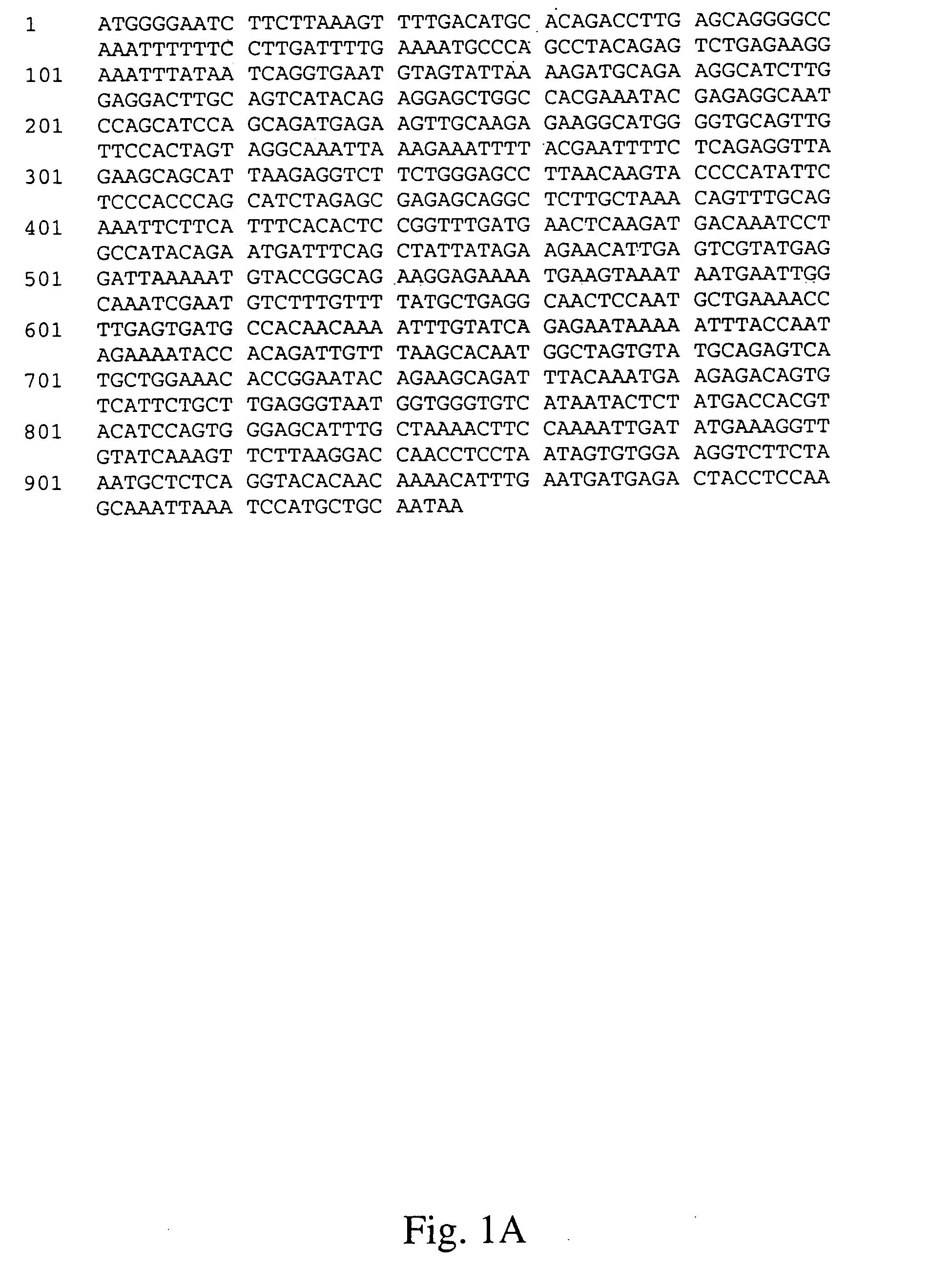Expression profiling in non-small cell lung cancer
- Summary
- Abstract
- Description
- Claims
- Application Information
AI Technical Summary
Benefits of technology
Problems solved by technology
Method used
Image
Examples
examples
[0388] In the development of lung neoplasia and other cancers, subsets of genes are specifically and differentially expressed at various stages of disease progression. Some of these genes / gene subsets are critical for progression of the cancer, and are associated with a particular stage of the disease, for example, metastasis. While several NSCLC-specific gene expression studies have been previously reported, (Beer et al., 2002, Nat. Med., 8, 816-824; Bhattacharjee et al., 2001, Proc. Natl. Acad. Sci. USA, 98, 13790-13795; Garber et al., 2001, Proc. Natl. Acad. Sci. USA, 98, 13784-13789; Heighway et al., 2002, Oncogene, 21, 7749-7763; Nacht et al., 2001, Proc. Natl. Acad. Sci. USA., 98, 15203-15208) there remains a dearth of NSCLC targets useful for diagnostic and / or therapeutic applications. Several technologies are currently being utilized for gene expression profiling in cancer, including: Serial Analysis of Gene Expression (SAGE) (Velculescu et al., 1995, Science,270, 484-487), ...
PUM
| Property | Measurement | Unit |
|---|---|---|
| Fraction | aaaaa | aaaaa |
| Volume | aaaaa | aaaaa |
| Volume | aaaaa | aaaaa |
Abstract
Description
Claims
Application Information
 Login to View More
Login to View More - R&D
- Intellectual Property
- Life Sciences
- Materials
- Tech Scout
- Unparalleled Data Quality
- Higher Quality Content
- 60% Fewer Hallucinations
Browse by: Latest US Patents, China's latest patents, Technical Efficacy Thesaurus, Application Domain, Technology Topic, Popular Technical Reports.
© 2025 PatSnap. All rights reserved.Legal|Privacy policy|Modern Slavery Act Transparency Statement|Sitemap|About US| Contact US: help@patsnap.com



